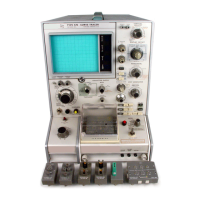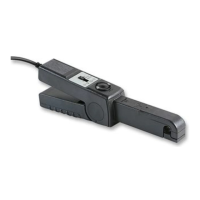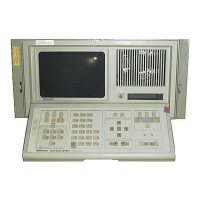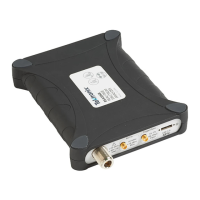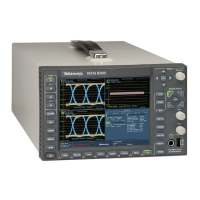Acquiring Waveforms
CSA7000B Series & TDS7000B Series Instruments User Manual
3-59
Select the Optical Wavelength appropriate for the signals with which you are
working. Optical conversion gain is set appropriately for the wavelength you
select.
Before performing dark level calibration, remove your optical signal from the
input and cover the optical input. Select Dark Level Calibration to start the dark
level compensation. Follow the displayed instructions to complete the compensa-
tion. For more information, consult the instrument online help.
Execute a signal path compensation of the instrument as soon as the instrument
has reached operation equilibrium (that is, after a 20 minute warm-up). Initiate
compensation from the Utilities menu Instrument Calibration command. For
more information, see Optimizing Measurement Accuracy on page 3--160.
Compensation of the instrument also performs an optical dark level compensa-
tion.
Wavelength, Filter, and Bandwidth Selection
CSA7000B Series: To select the optical wavelength, use the Vertical Setup
menu. This menu is shown in Figure 3--20 on page 3--59. Wavelength and Dark
Level menus are not available unless the O/E Electrical Out-to-CH1 Input
adapter is installed.
Figure 3- 20: Vertical setup menu with optical controls
First select Ch1 in the Waveform section of the menu. Then touch the Wave-
length button that matches your system.
You select the mask, bandwidth, and Bessel-Thompson filter appropriate for
your optical standard using the Masks menus. If the Bessel-Thompson filter is
on, the instrument is a reference receiver. For detailed information on using
masks, see the CSA7000B & TDS7000B Series Option SM Serial Mask Testing
and Option ST Serial Triggering User Manual.
Compensation
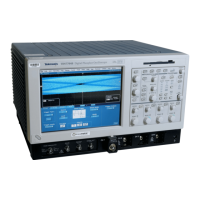
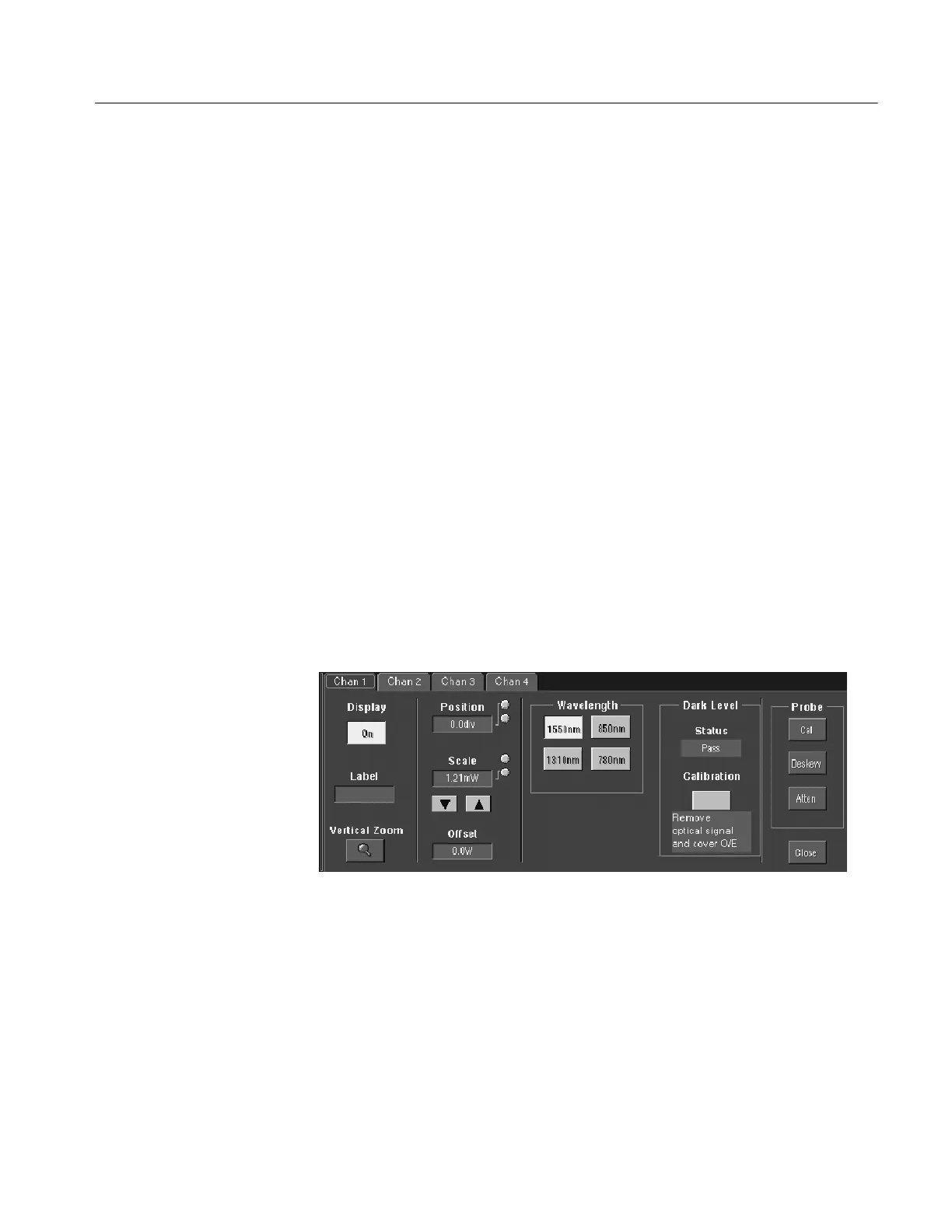